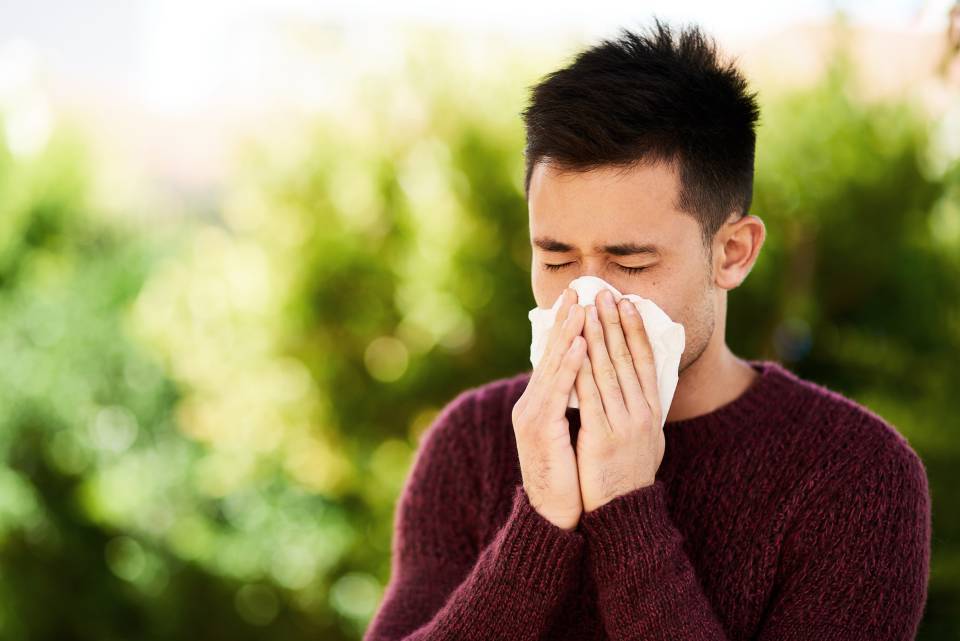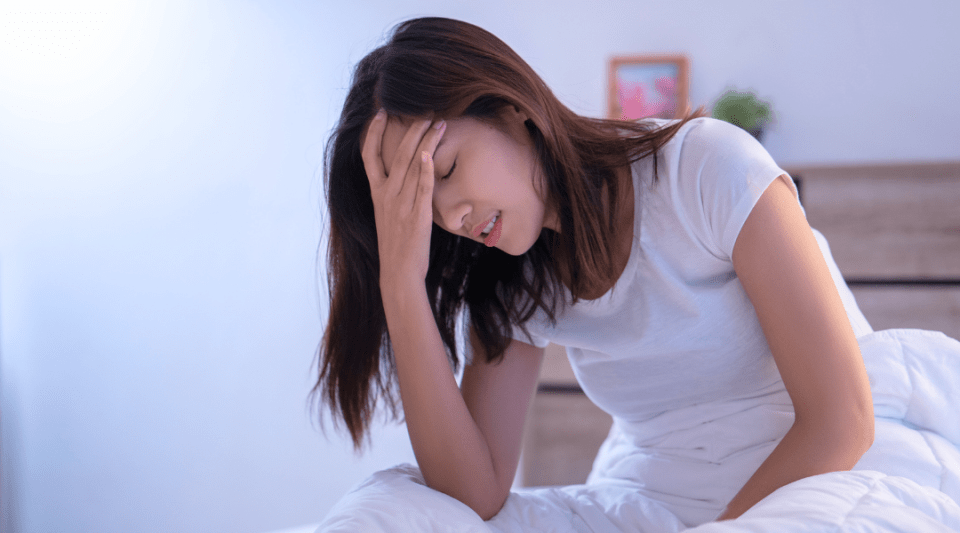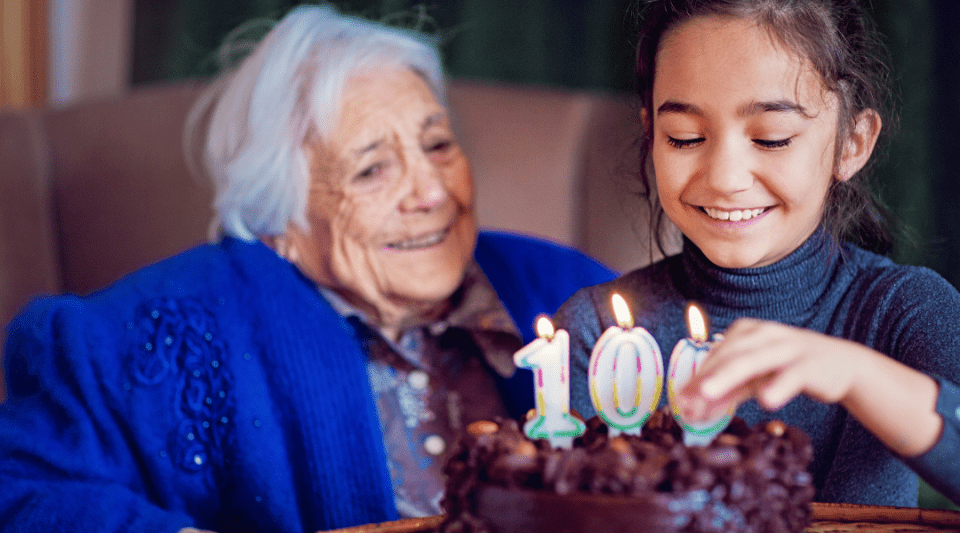Due to the recent rainfall and mild temperatures, this year’s pollen levels are high, which means it will be a difficult season for people with allergic reactions.
In view of this situation, it is advisable to know what the seasonal respiratory allergies typical of spring are, to be aware of their symptoms, and to find out how we can prevent and treat them.
What is a respiratory allergy?
A respiratory allergy is a reaction by the immune system to elements present in the air, such as pollen, which are harmless to most people. This exaggerated response by the body generates a series of symptoms that can significantly affect the quality of life of those who suffer from it. It is estimated that respiratory allergies affect approximately 25% of the general population.
“When we talk about respiratory allergies caused by pollen, we are referring to conjunctivitis, itchy, red eyes with a watery discharge. We are also referring to nasal congestion as if it were a cold, a blocked nose, a runny nose, sneezing and itching. We may also be referring to asthma-like symptoms: difficulty breathing, wheezing or a dry cough", explains Dr Joan Bartra, a doctor in the Pulmonology and Respiratory Allergy Service at the Hospital Clínic.
How can it be prevented?
Prevention is fundamental to reduce the effects of the allergy. Whatever is causing the allergic reaction should be avoided as much as possible. For this reason, the best tool
is always an accurate diagnosis that allows us to identify what we are exposed to and how we can keep away from it.
In the case of pollen, which is an environmental agent, physical protection can be very useful. “Anything that acts as a barrier will help us to be less exposed. Masks and sunglasses will prevent pollen from reaching the respiratory tract and the conjunctiva of the eye. Therefore, the less exposure, the fewer the symptoms”, stresses Dr Bartra.
Symptomatic treatment
When symptoms appear, there are several treatments available. There are multiple medications that are very effective for most patients, although it is important to bear in mind that each case is unique and requires a personalized diagnosis.
The most common treatments include:
- Second generation antihistamines, which do not cause drowsiness.
- Topical nasal corticosteroids, which act locally and do not have the side effects of systemic corticosteroids (administered orally or by injection).
- Nasal vasoconstrictors, which can provide temporary relief from congestion, but should be used with caution and only in specific situations and under medical advice.
Practical recommendations for people allergic to pollen
To reduce symptoms and improve well-being during the months when the pollen count is high, it is advisable to:
- Consult a specialist to obtain an accurate diagnosis.
- Avoid outdoor activities on days when there is a high pollen count (especially in the morning).
- Keep windows closed at home and in the car during peak pollen hours.
- Ventilate briefly at the start or end of the day, when the pollen count is lower.
- Use sunglasses and a mask outdoors to reduce contact with pollen.
- Shower and change clothes when you get home to remove any pollen particles that may have stuck to you.
- Consult the local pollen calendar to know when the presence of pollen causing the reaction will increase.
- Follow the pharmacological treatment correctly, as directed by the medical professional.
Finally, it should be noted that allergies are not innate. In other words, you are not born with an allergy, but it can manifest itself at any stage of life, from infancy to adulthood. There is a hereditary component, such as having close relatives—parents or siblings—with a history of allergies, which can favour its appearance. Moreover, environmental factors also play an important role and, when they are combined with the genetic predisposition, they increase the likelihood of developing an allergy. Therefore, the origin of allergies cannot be attributed to a single cause, but is the result of the interaction of multiple factors.






